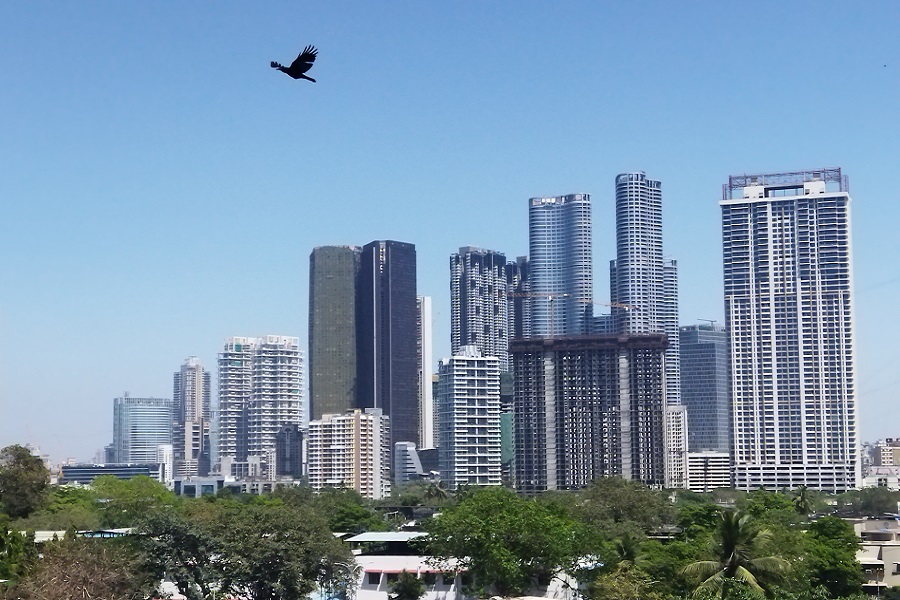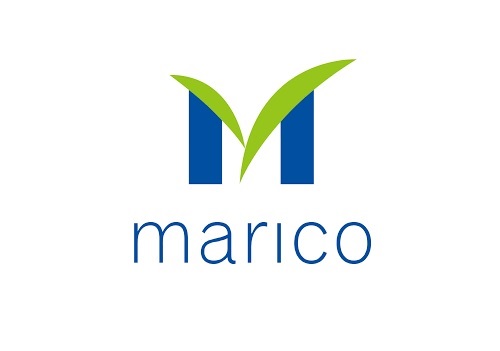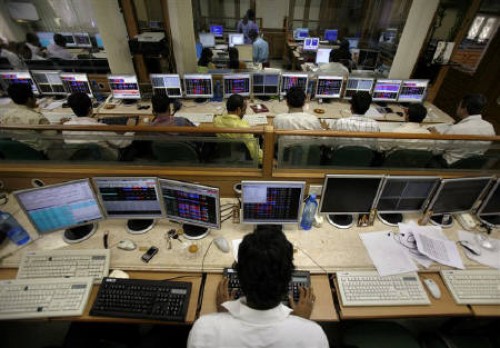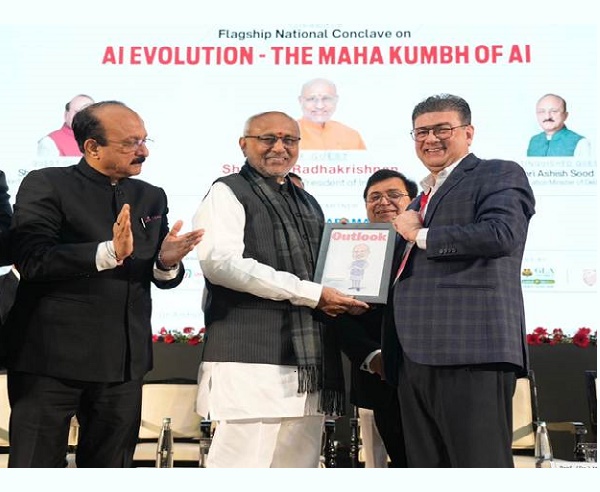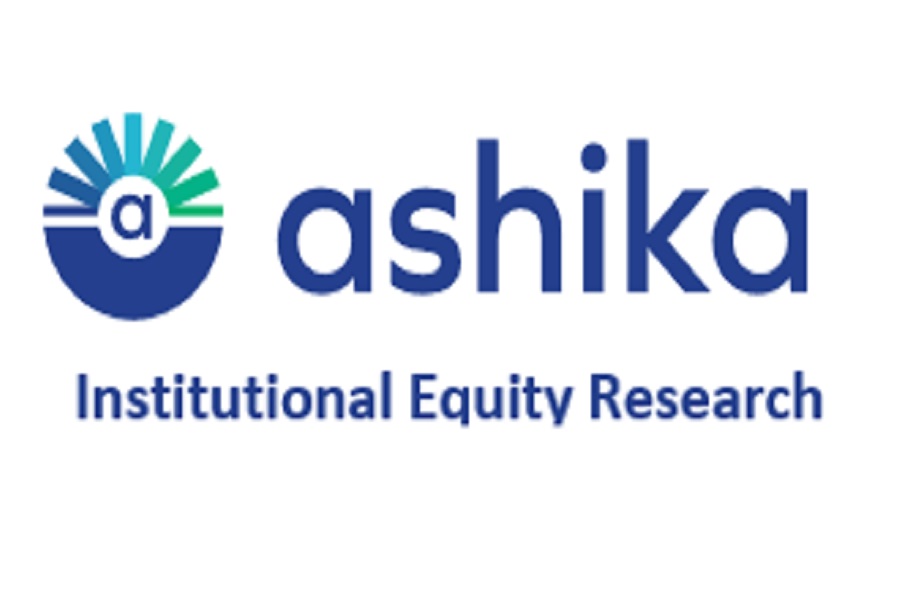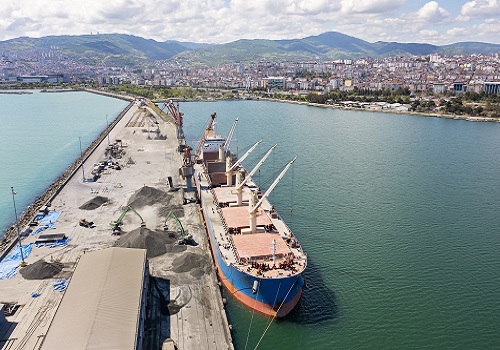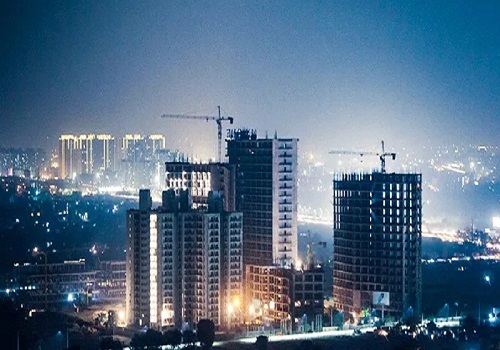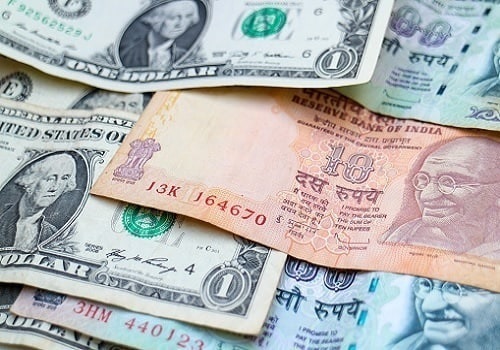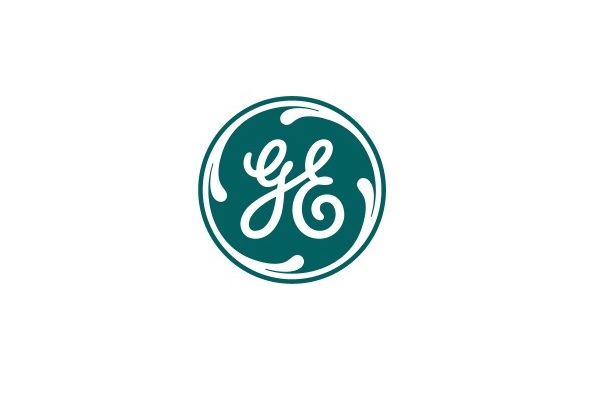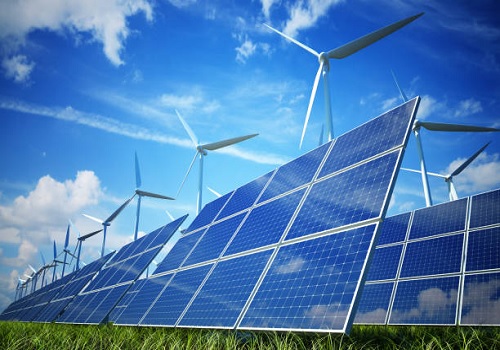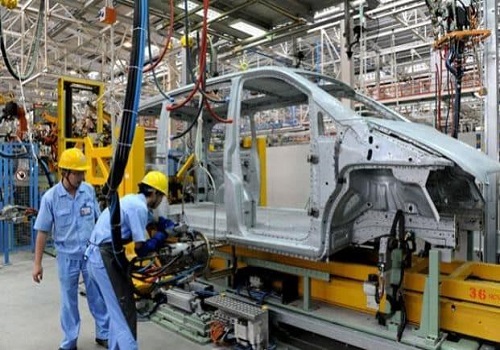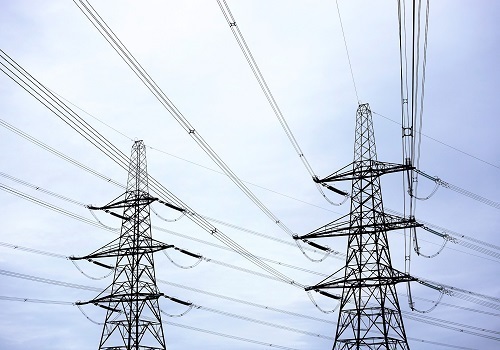Utilities & Power Equipment : 100 GW+ of solar module capacity? Not Really By JM Financial Services Ltd
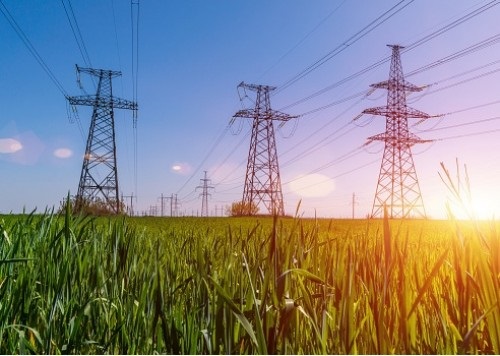
Around 40% of the current 100GW+ solar PV module manufacturing capacity will soon get obsolete driven by the technology shift to TOPCon and the changing market for higher efficiency and peak power output. Imminent integration of modules with cell, wafers and ingots, beginning Sep’25, has made scale and technology important for survival. So, manufacturers of highly fragmented modules not only need to expand their capacities but also need to accelerate backward integration. While numerous integrated (cell+module) facilities have been announced, we believe that a large number will either face delays or be shelved due to lack of capital and capabilities, moving the market toward oligopoly. Hence, the current 100 GW+ of manufacturing capacity is just nameplate capacity with utilisation of 45-55% (industry standard), resulting in supply of 40-50GWp modules vs. demand of 45- 55GWp and a sustained oversupply scenario is unlikely in the near term.
* What and how much do developers want? India is likely to see around 35GW/year of solar power capacity addition in the next 3-4 years, requiring 45-55GWp of modules, considering the 1.3-1.5 DC to AC ratio, due to declining prices and integration of solar with storage. Module efficiency, peak power output (Wp), warranty and longevity and experience are key considerations that impact the buying decisions of developers/ utilities.
* Fragmented market: The 100GW+ of ALMM-enlisted module manufacturing capacity is spread across 82 players. Of these, 22 players have capacities above 1GW contributing 88GW (87% share). Almost half of remaining 60 smaller players (<1GW) were added since Aug’24, indicating limited experience and brand reputation.
* Solar module efficiency: Today's n-type TOPCon modules having 23%+ efficiency. The 37% of models from the large players have >21% efficiency. In contrast, 27% of models from small players still have <20% efficiency. Overall, just 11% of the models manufactured in India have efficiency of more than 22%.
* Peak power output: The utility-scale solar projects are now commonly requiring a minimum capacity of 550Wp. For example, the recent (Jul’25) tender from NTPC Renewables required crystalline solar PV bifacial modules with minimum 570Wp nominal rating. Among ALMM-enlisted models, just 48% models of large players (>1GW) are more than 500Wp vs. 32% for small players (<1GW).
* PV technology: Solar PV technology is moving away from PERC to TOPCon. Globally, the market share of TOPCon is expected to increase from 24% in 2024 to 80% in 2025. Among players with 1GW+ capacities, just 34% of models are TOPCon.
* Capacity utilisation: The current manufacturing capacity of 102GW is just nameplate capacity, consisting of over 7,500 models from 82 manufacturers. The actual output is just 45-55% due to frequent technology changes, fluctuating demand, wide variants of modules and small size of orders. Leading manufacturers like Emmvee/ Premier/ Vikram/ Waaree reported effective capacity utilisation of 39%/60%/48%/43% during FY24.
* Key is integration: India has already laid out plans for gradually mandating integration of cell, wafers and ingots, beginning Sep’25, with cells, requiring a multifold increase in capital and capability. A manufacturer is investing INR 25bn in setting up an integrated 3GW solar cell/module manufacturing facility. Across the value chain, cell manufacturing is the most complex stage. Surface texturing, anti-reflective coatings, doping and electrode printing are crucial steps affecting efficiency. Premier Energies took 2+ years to increase its utilisation of monoPERC cell facility from 36% in FY22 to 90% in Jun’24. Existing players not only need to expand their module manufacturing capacity but also need to accelerate backward integration in order to remain relevant and competitive.
* Analogy to wind: Similar to ALMM, RLMM is the list of wind turbine models consisting of 33 models from 14 companies with total 18GW manufacturing capacity. However, total supply of turbines suited for developers’ requirement (>3 MW) doesn’t exceed 6GW due to obsolete technology in the rest of the cases.
Please refer disclaimer at https://www.jmfl.com/disclaimer
SEBI Registration Number is INM000010361


